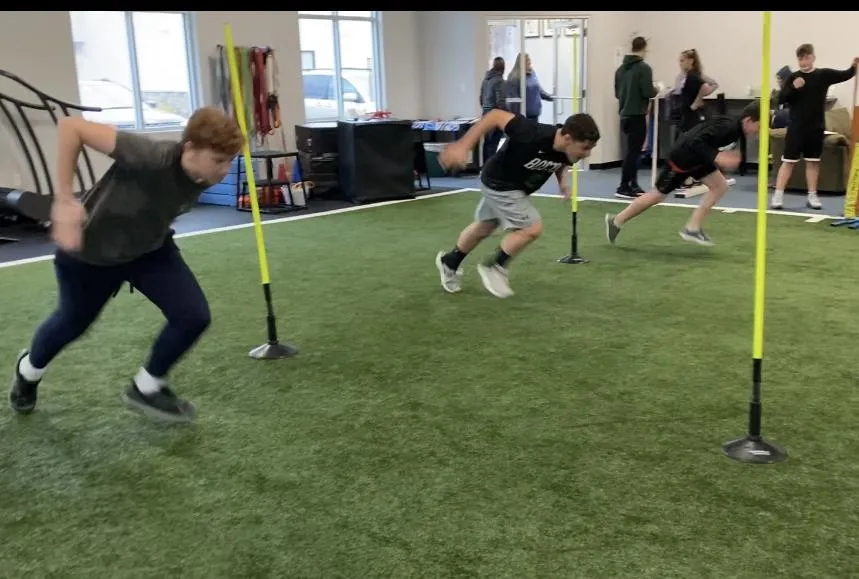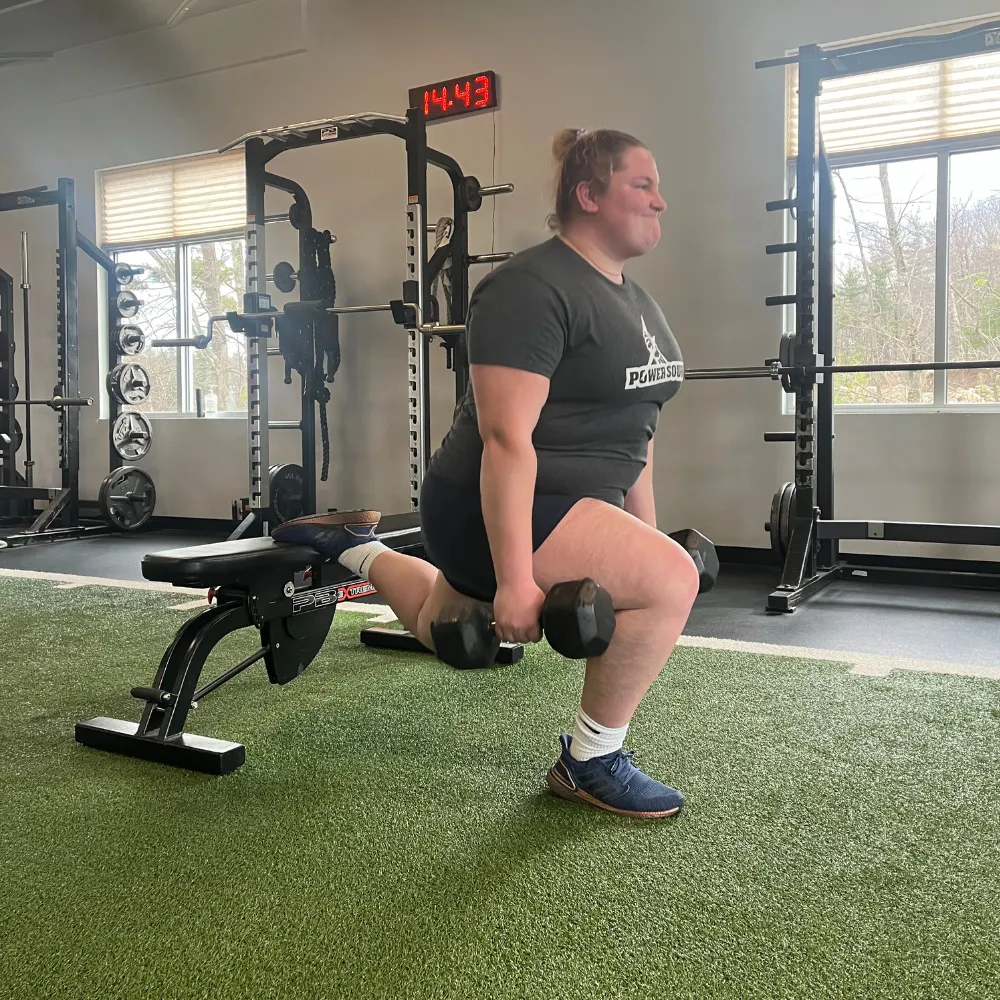ATHLETE BLOG LEOMINSTER

The Part Of Injury Rehabilitation No One Talks About
Strange as this may sound, there's never been a better time in history to get injured.
The medical profession truly works wonders today compared to even just a couple of decades ago.
In most cases, no matter what the injury, the steps are the same.
If surgery is needed that comes first, then rehab, then a gradual return to full activities.
Anyone involved in athletics has almost certainly seen this process play out, perhaps more than once.
And if you have seen it enough, you probably have noticed something very few people tend to discuss.
Athletes who suffer a severe injury are likely to get injured again.
Consider that just for those who tear their ACL, roughly 1 in 5 of them will do it again.
And of those that do get re-injured, 30% of the time it will happen within their first 20 games or practices after returning from rehab.
So what gives?
PT's are great at restoring strength and range of motion, which are the foundations of sound athletic movement.
Despite those successes, the current injury rehabilitation process is still missing two extremely critical ingredients.
As we continue to improve the rehab process, I'd like to see the following additions to how we determine a player is truly at full health.
We Aren't Addressing The Fear Factor
Nearly everyone who suffers a major injury has high levels of fear, anxiety & hesitation upon their return to sport.
It's common for them to express, "I don't feel comfortable" or "I don't feel confident" when working their way back.
Of course no one wants their players to feel this way, but why is that an injury prevention concern?
Because fear causes you to develop tunnel vision, missing out on environmental cues such as an oncoming opponent or some other danger.
Timid players are slow to react, and in turn are more likely to get hurt through collisions or other awkward movements.
We can do better in our return to play process by gradually introducing conditions in a controlled environment that cause athletes to react to sudden changes around them.
Learning to reconnect with their surroundings instead of being focused inward needs to be a bigger part of getting players back into the game.
The best analogy I can give you for this would be learning to drive a car.
Our current process is a lot like teaching a kid to drive by teaching them some basics and then immediately letting them go on the highway.
Sound ridiculous? Would you want to be the adult in the car with that nervous kid?
Of course you wouldn't, because that scenario sets them up to fail. There's too big of a gap between the basics and a high speed environment.
Better to start them in a parking lot or empty road, where they can work through their fears and build confidence at a more gradual pace.
Which is exactly the process we need for our return to play protocols in athletics.
By using a gradual process just like we do with strength and range of motion, athletes will feel far more comfortable when having to play their sport at full speed again.
We Undervalue Symmetry In Return To Play
One of the main tenets of the Functional Movement System, which is used by pro & college sports programs worldwide, is that asymmetries in strength or mobility need to be corrected because they are major risk factors for future injuries.
Rehabilitation specialists know this, which is why building up an injured limb in these two areas is so critical.
Unfortunately, oftentimes they do such a good job of rebuilding one limb that it outpaces the other side.
Which puts the other. healthy side at a greater risk for future injury.
Teams that use the full FMS process are already on top of this, but a vast majority of younger athletes do not follow this post-rehab process.
Which sends them back to play the sport they love with an obvious ticking time bomb hidden under the surface.
The return to play athletes we see at our facility come from just a handful of rehab facilities in our area, but even in that small sample we see a wide range of outcomes in regards to symmetry in mobility & strength.
There are many who already do a great job of this.
Moving forward we need either a greater emphasis on this during physical therapy, or a second level of rehab that closely monitors and trains to achieve symmetry.
It's a proven strategy for lowering the risk of re-injury that is currently underutilized.
This topic is a bit personal simply because of how many times we've seen this play out over the years in our program
We do our best to address both of the problems above, but rarely do we get enough time with them to fully resolve the issues as kids are constantly busy playing their sport.
If you know someone who is returning to sport after a major injury, keep in mind that just because they're cleared to play doesn't necessarily mean they are 100% back to where they were before.
Yet with a few simple tweaks to the process, they can substantially lower their risk for re-injury.
Power Source Reviews

Level Up Your Game
We can accelerate your speed, strength & athletic development gains
Click the button to start your journey
The Best Youth Personal Training In Leominster, Sterling, Lancaster and Princeton
© Copyright 2025. Power Source. All rights reserved.
|
